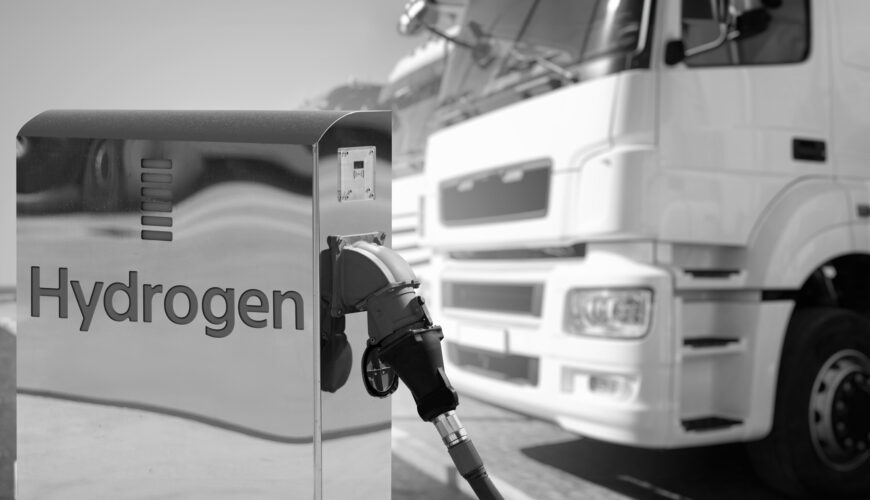While the focus on electric vehicle trucking remains strong, the middle-of-the-road solution hydrogen power trucking is still in play, too. Yet, as demand for zero-emissions trucks grows, the automotive supply chain suffers slowdowns in hydrogen-powered tractors. Nikola, Kenworth, and Hyundai Motor are all developing hydrogen fuel-cell trucks and dealing with the impact of shortages.
Many transportation companies interested in clean energy options are eyeing hydrogen, as it can refuel faster than a battery-powered truck. It can also travel farther before needing to refuel, sometimes two to three times longer. However, its price tag is high, at about $350,000 per truck.
The demand for hydrogen-fueled rigs is high despite that high price tag. But because the technology is so new, as suppliers try to gear up into commercial production, they find parts hard to come by. Still, makers remain optimistic that parts delivery will improve this year and that demand will help drive up the prices of hydrogen power trucking.
The infrastructure needed to support hydrogen power trucking is one piece of the shortage puzzle. Refueling stations are limited, especially outside California, where tighter emissions regulations have led to more significant development. As a result, some companies are beginning to add their own refueling stations, but those remain limited to California. The companies that make the fueling stations are also caught up in supply chain slowdowns.
Still, the federal government is offering incentives in the form of grants so that several regions can work on developing refueling stations. It just released a map of a zero-emission freight corridor plan for medium- and heavy-duty trucking, identifying areas where such stations would be most needed.
The plan aims to grow charging and hydrogen refueling stations around major freight hubs, expanding to a nationwide network. The plan will roll out in four phases, the first being to establish the hubs in the following three years. Phase two will connect those hubs along critical freight corridors from 2027 to 2030; phase three will expand corridor connections and initiate network development. That phase extends until 2035, and then phase four will lead to a national network that links the regional corridors together. The goal is to complete all four phases by 2040.
At the same time, several entities are investing in public-facing charging stations, which include spots for heavy-duty trucks. The public/private overlap could be the solution to making charging and alternate refueling stations scale at the rate necessary for widespread green energy development in the trucking side of the supply chain.
The cost to fully develop hydrogen power trucking fleets and charging stations for such a heavy-duty nationwide network isn’t cheap. One study, funded by the Clean Freight Coalition, put the number at close to $1 trillion. However, the price tag for medium-duty trucks is less costly, at about a third of their heavy-duty counterparts. For this reason, the Coalition is advocating for the completion of medium-duty charging infrastructure first.


